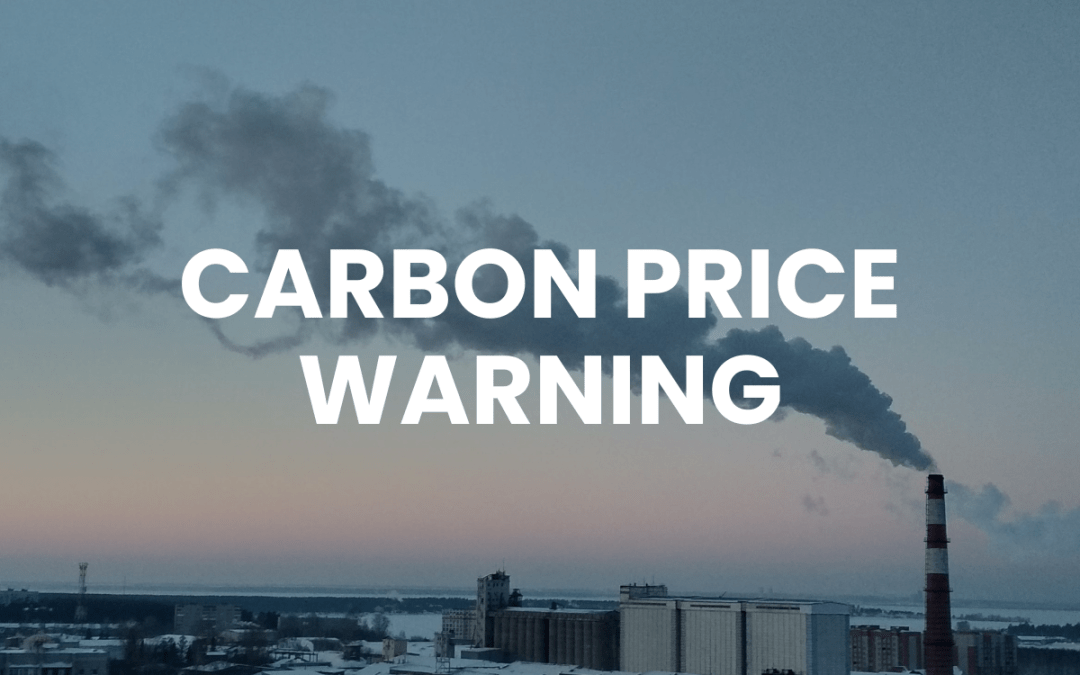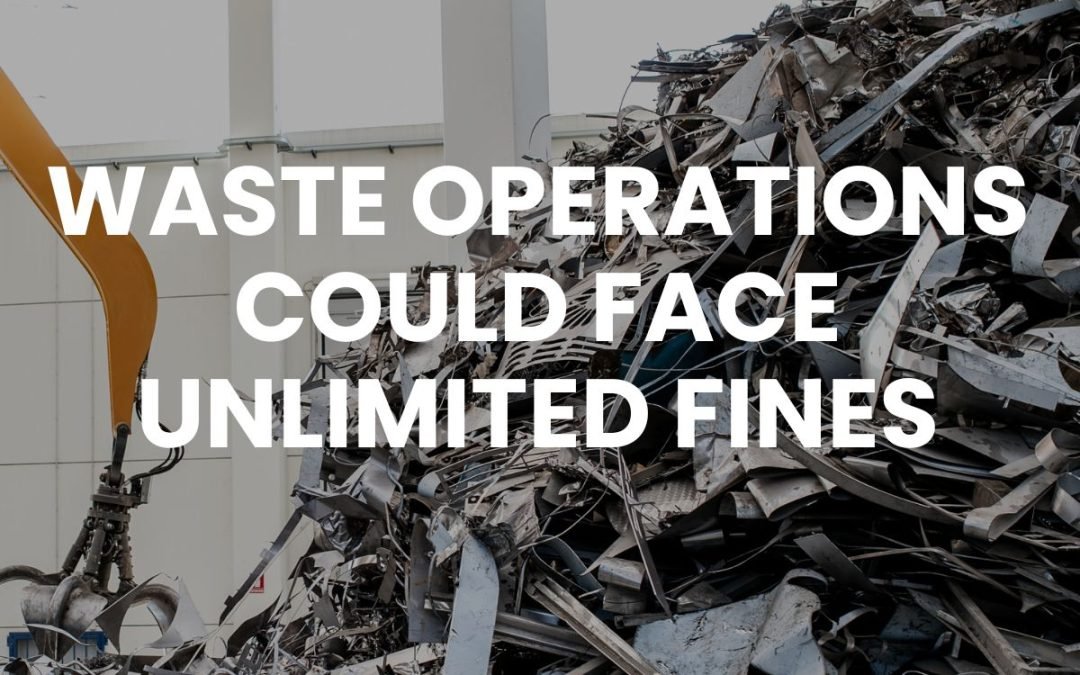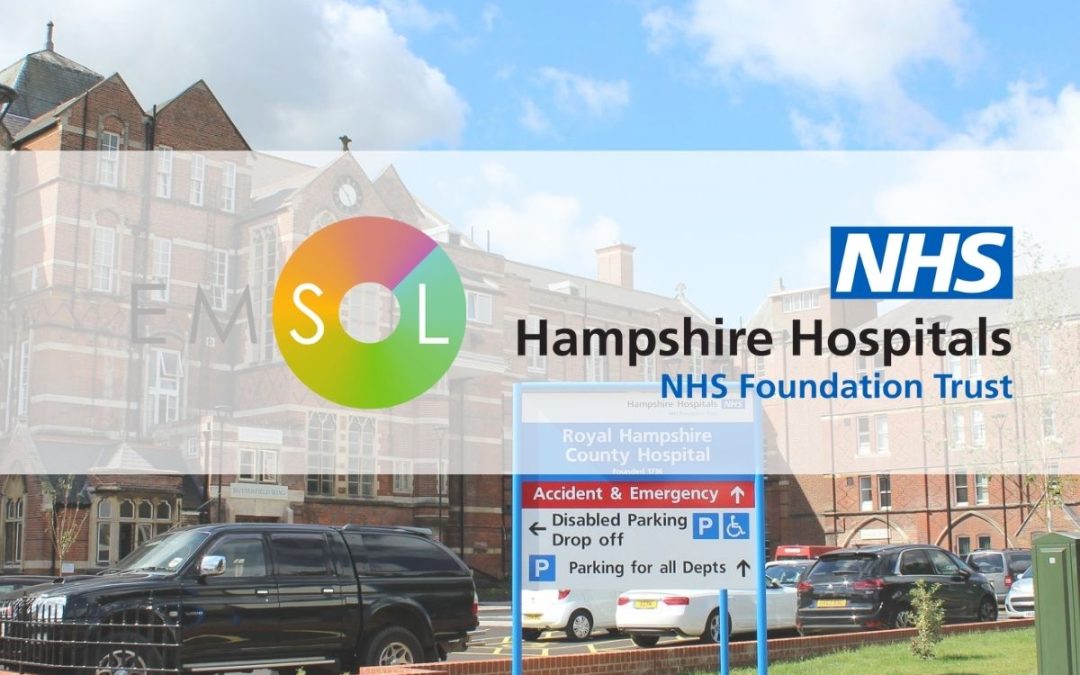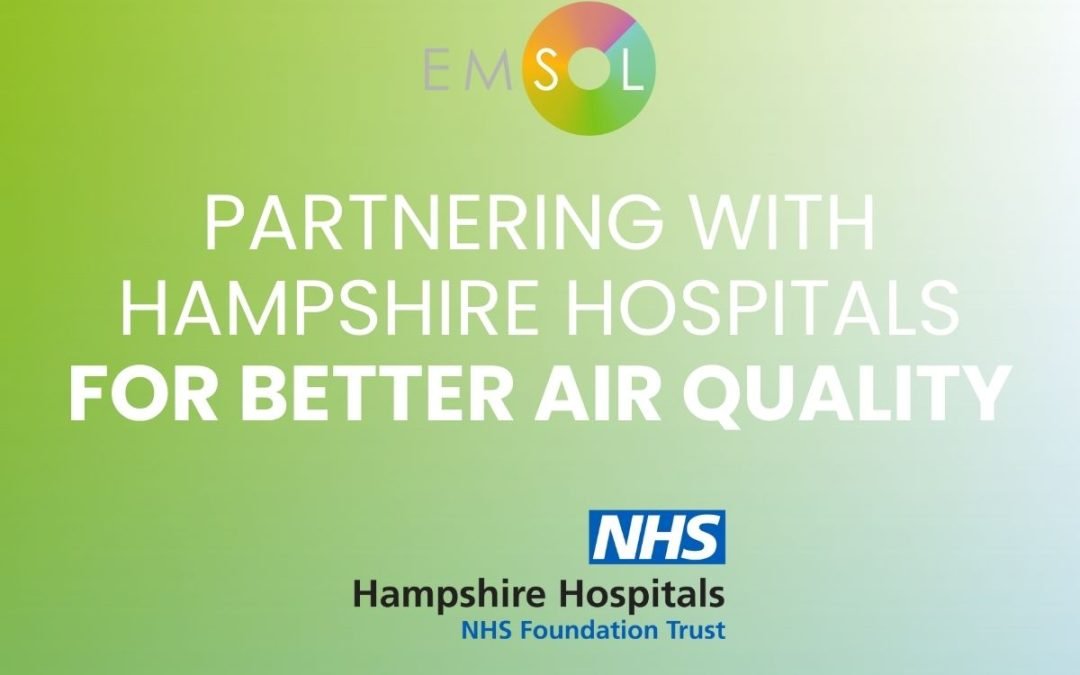London recently expanded upon existing air quality monitoring efforts through the Breathe London network. With over 100 fixed sensors providing general pollution trends, this marks solid progress.
However, uniform clean air remains out of reach if neighbourhoods, local authorities or even specific construction sites or loading lack the data most relevant to them. Granular visibility unlocks surgical interventions simply impossible with broad monitoring projects like Breathe London,
How is London Progressing?
London nitrogen dioxide levels have reportedly dropped by over 35% since early 2016 thanks to growing awareness and city-wide efforts including the Ultra Low Emission Zone. Yet among the patchwork of progress lies striking variability – NO2 readings can still have a wide range 13 to 147μg/m3 across current monitoring stations.
The LondonAir app visualises this disparity, with some neighbourhoods still mired in ‘High’ pollution while others enjoy ‘Low’ ratings. Without true hyperlocal penetration matching the ambitious WHO-compliant targets, such postcode potluck outcomes remain inevitable.
As experienced practitioners of monitoring pollution, analysing air quality data across clients from construction firms to hospital networks since the early 2017, we see that local context is a foremost factor in tangible clean air outcomes. Broad networks have their place in capturing general trends. But pollution is often shaped by localised traffic patterns, congestion, vehicle activity and human activity, as well as local weather and terrain.
In a recent government report it was noted that local traffic and transport was likely to be a significant contributor to reducing pollution. While sweeping changes to Euro VI can have a significant impact, smaller changes locally can have a large impact. Are vehicles being left idling on sites? Are you detecting pollution spikes as they happen?
Granular hyperlocal monitoring helps provide insight on tactical interventions that can address the actual pollution drivers harming local communities, local workers and vulnerable groups.
Why Hyperlocal Monitoring Matters
Generalised passive monitoring is a risk for pollution hotspots. Schools require localised insights for better route planning and minimising poor air quality around children. Hospitals need to manage vehicle emissions from their supply chain as they enter loading depots. Construction sites require vehicle restrictions, detection of dust clouds, or alerts around peaks in noise pollution.
This is why we built EMSOL. It is technology built to deliver flexible deployments meeting partners’ specific visibility needs. With machine learning powered digestion of real-time air quality readings that transforms air quality data into, customisable alerts and targeted recommendations. We empower organisations to take ownership of their air.
Check out how we partnered with Quinn Construction to pinpoint the root cause of pollution – allowing them to quickly mitigate and avoid future issues.
Strategic Hyperlocal Actions Available:
- School route planning avoiding pollution corridors
- Hospital and retail loading bay monitoring
- Construction and freight vehicle restrictions, e.g. on idling
- Alerts to identify pollution spikes
- Event-triggered warnings
- Pinpoint the cause of your local pollution
The Future is Local
With breakthrough hyperlocal monitoring matching London’s formidable sustainability commitments, clean air regardless of postal code moves squarely into reach.
EMSOL stands ready to support organisations in unlocking the visibility needed to actuate local aspirations. As recent contract wins show, embedding our technology across NHS hospital trusts demonstrates, the drive for clean air continues accelerating.
Let’s connect to explore custom deployments benefiting your project – whether constructing new sustainable developments or next-generation health infrastructure. We invite you to collaborate on the path towards healthy neighbourhoods.





